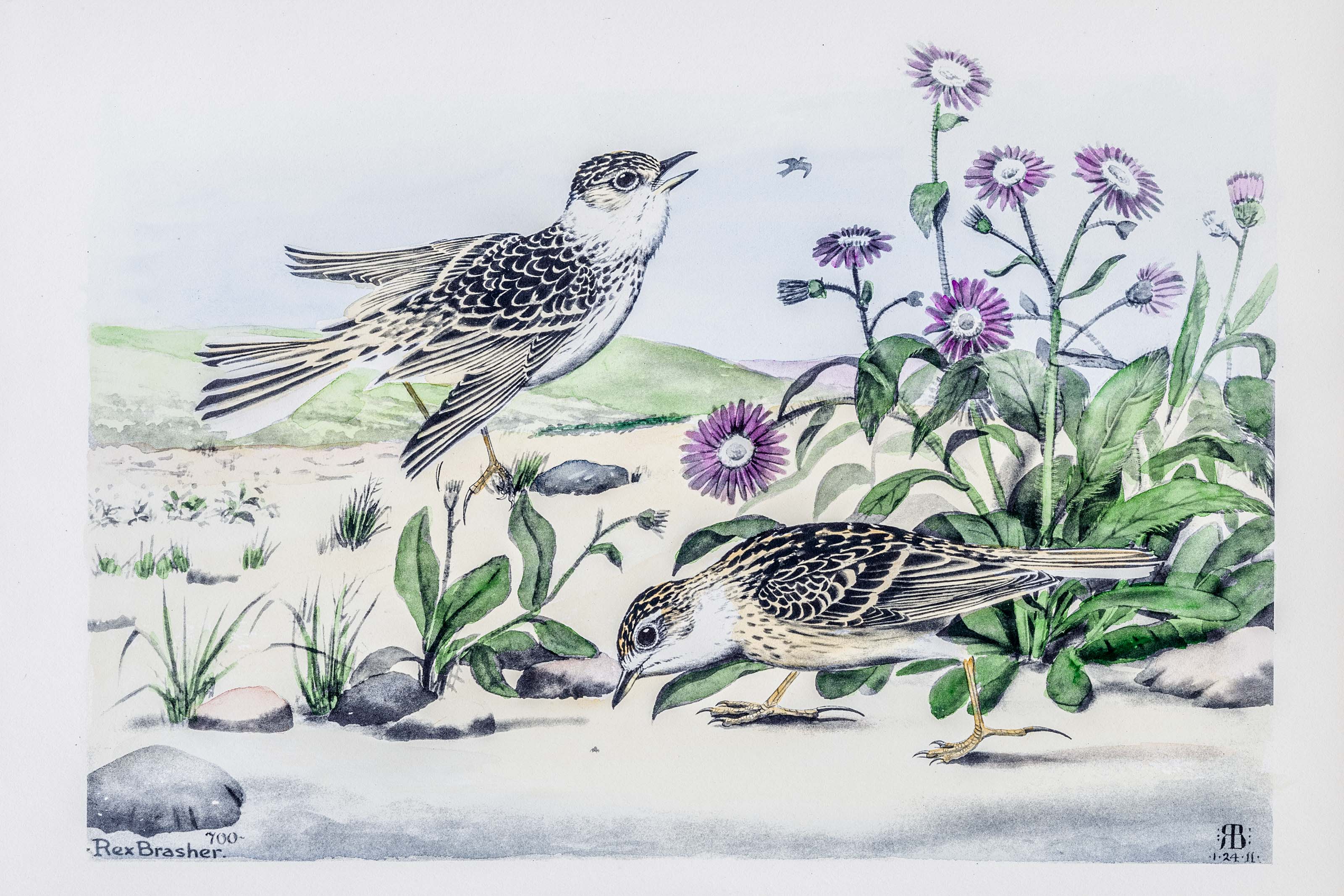
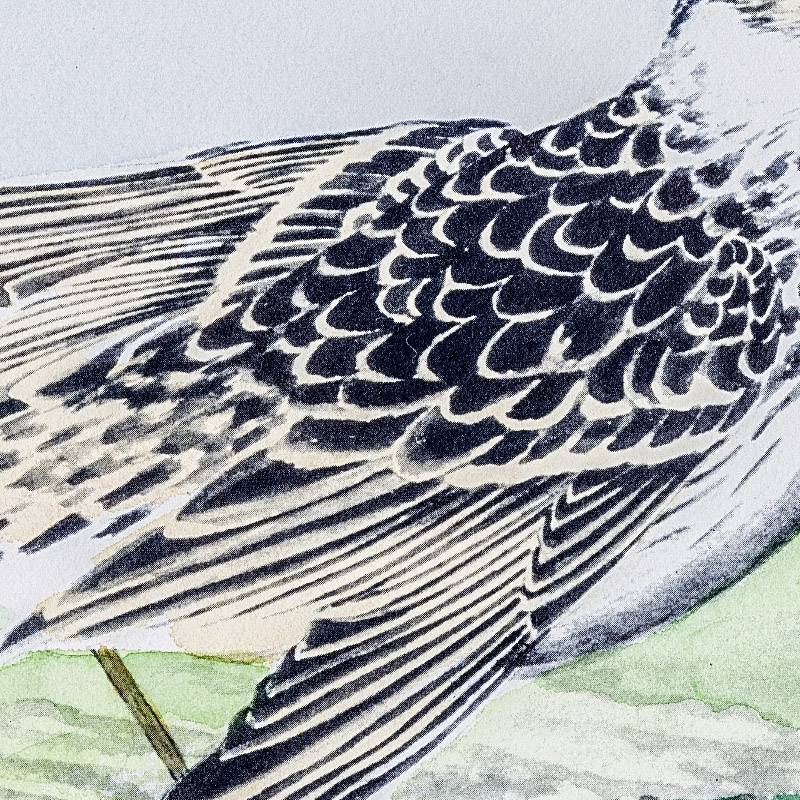
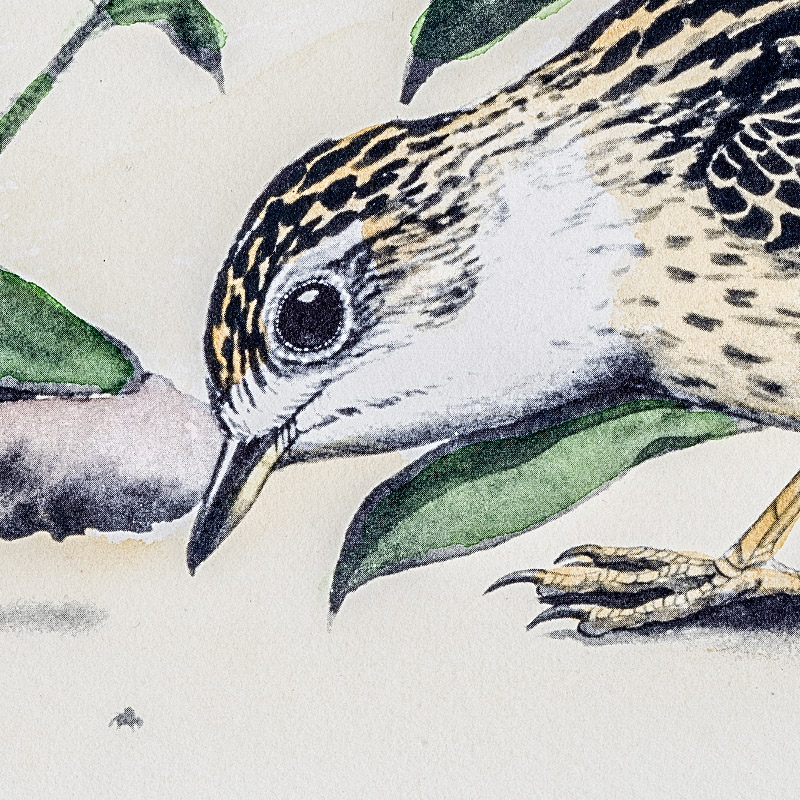
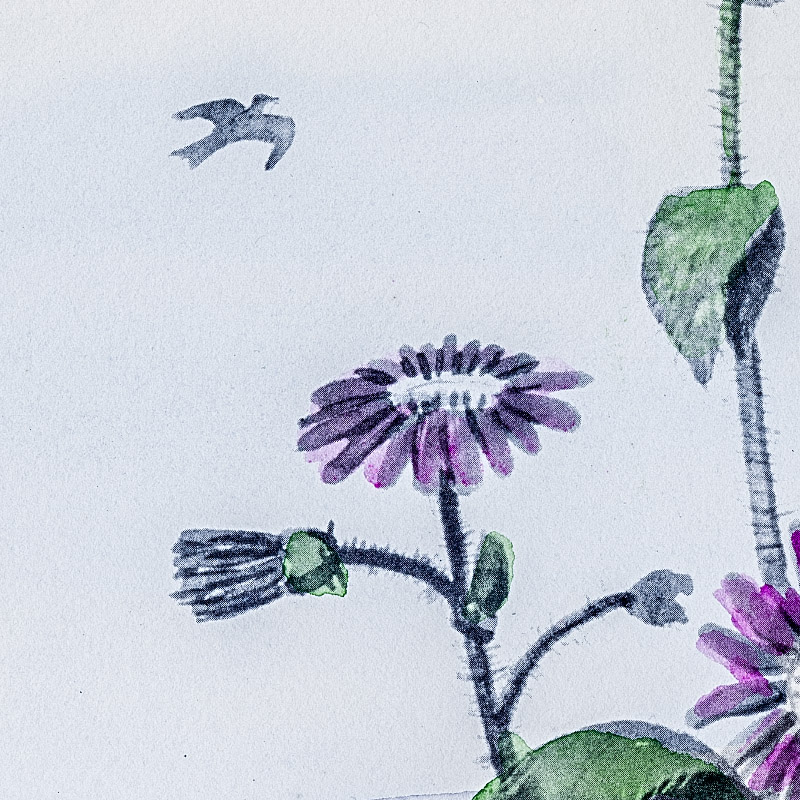
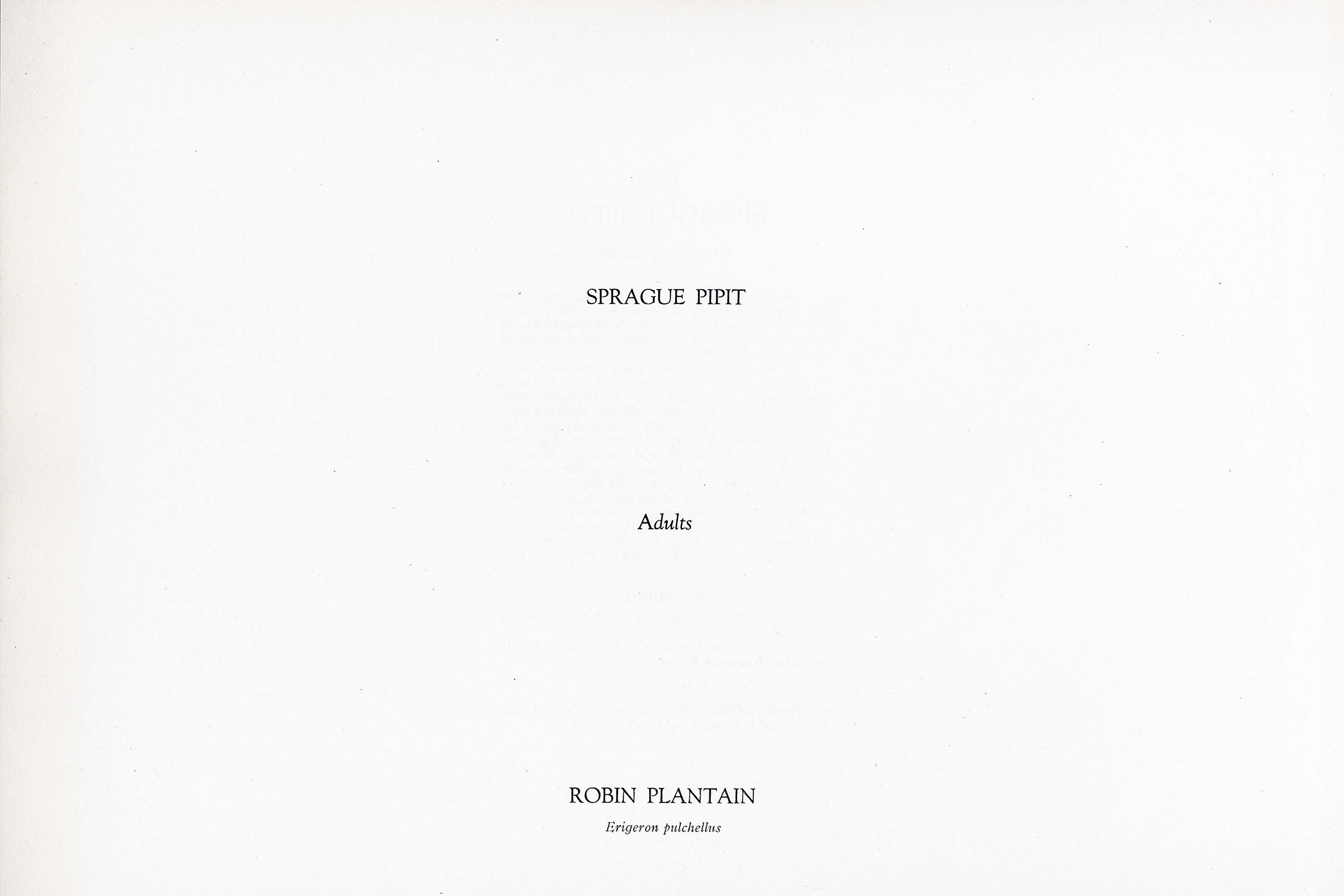


1911
1930
11
700
A team of dedicated board members, volunteers, and student interns has published every page in Volume 9. This volume includes 360 images of paintings and lyrical descriptions of birds, now available online for everyone to enjoy anywhere in the world. This is a monumental task. Each volume requires approximately 400 hours to photograph, edit, transcribe, catalog, and publish online. We need your support to complete this work.
If you're tech-savvy, have a good eye, are meticulous with details, and love structured data, please consider volunteering by emailing us at hello@rexbrasher.org.
We encourage all bird lovers and supporters to consider a monetary donation to support our mission to make Rex's work available for everyone. You can provide a one-time or recurring donation online.
During the Spring of 1887 I spent many hours watching and listening to SkYLARKS in the fields of New Lots, Long Island. They were imported birds that made that locality their home until exterminated by the blizzard of 1888.
On slow wings one starts upward, the song attuned to its speed but filled with the joy of life. The wing beats increase, so does the song. He circles and rises faster — the tempo accelerates until the warbling notes trip over each other and mingle in an ecstasy that is beyond description. Up — up the brown minstrel goes until out of vision but still the wild song comes down like "crystal rain." Then he comes into view, dropping in long slants and still singing until a few hundred feet above ground the music ceases suddenly and the bird alights with a swinging swoop almost at my feet.
This describes our "Skylarks" song too for in color and music the birds are alike, and SPRAGUE'S PIPIT is most appropriately named the "American Skylark."
NEST: Built on the ground of dried grass, leaves and moss.
EGGS: 4–5; pale lavender or buffy white, thickly spotted with purplish brown.
Interior of North America, south to Texas, Louisiana, casual to Georgia and South Carolina.